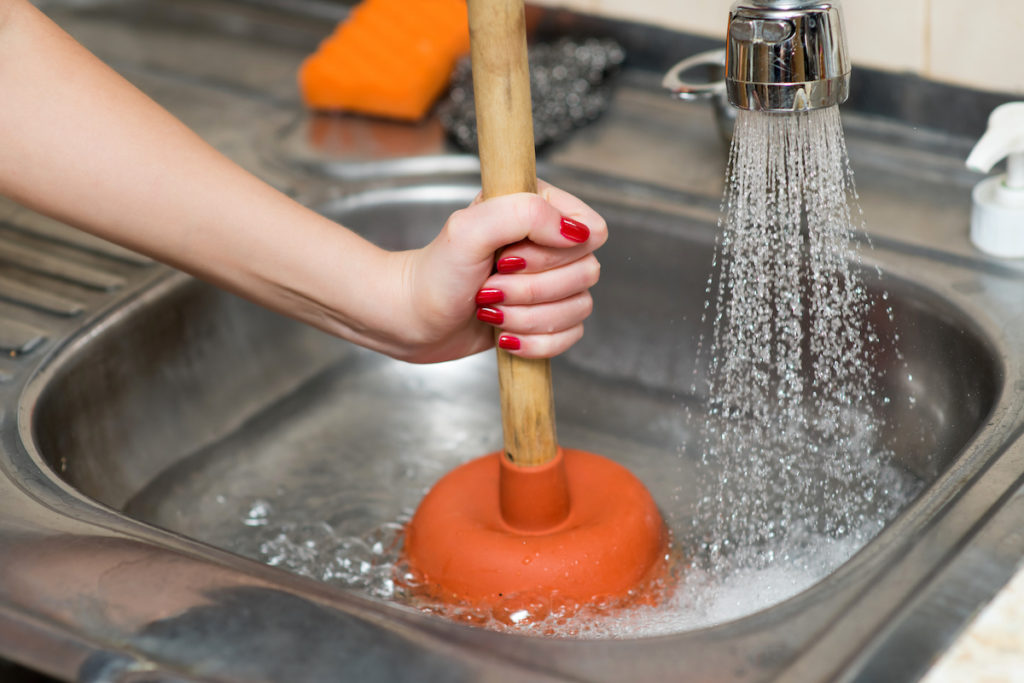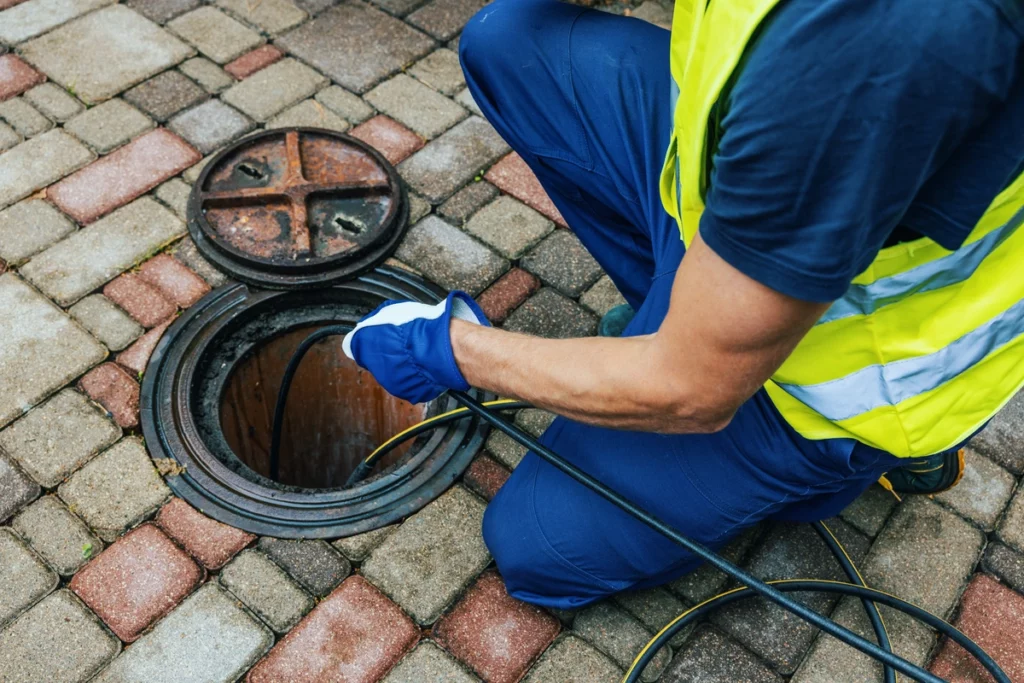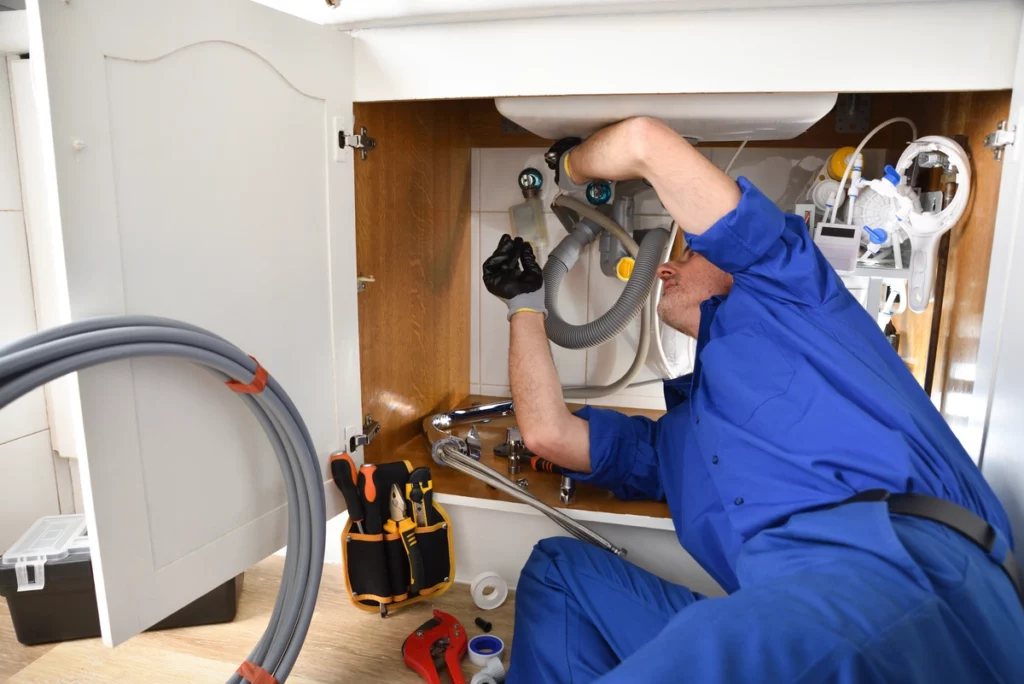Learning how to unclog a sink is often times easier than it might sound.
We all know the situation well: You’re washing your hands or doing the dishes, and when you turn the faucet off, the water in the sink bowl overstays its welcome. You watch it slowly spin down the drain, or maybe, you stare at it for a few minutes and it doesn’t seem to move at all.
In most minor cases, clogged sinks are a simple DIY fix, even for homeowners who’ve never tackled a DIY project before. There isn’t one full-proof solution to use, but instead, there are multiple methods you can try. We’ve outlined all of them here so you can learn how to unclog a sink in no time.
What Causes a Clogged Sink?
Clogged kitchen and bathroom sinks can seem like a mystery. If it was draining just fine yesterday, what happened today? Well, clogs can slowly build up over time, so you usually don’t notice them until they’re causing issues.
The most common culprits of a clogged sink are soap scum and strands of hair. This debris can catch onto drains and build up in mass over time, eventually blocking the flow of water. In kitchen sinks specifically, larger debris can get caught in drains, such as:
- Grease and oil
- Eggshells
- Starches (pasta, bread, rice)
- Coffee grounds
- Gum
- Fruit peels
If you don’t have a garbage disposal, or if you use your disposal incorrectly, these items can easily cause clogs.
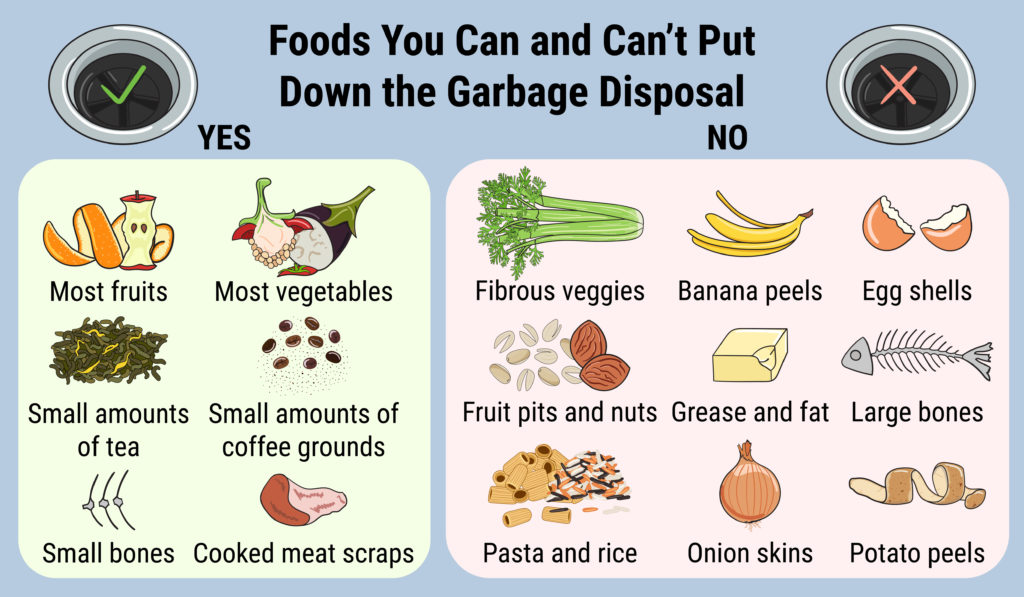
4 Unclogging Methods to Try
There are many tips to try out when attempting to unclog a sink. One method may work in one case but not in another, so don’t get discouraged. However, we highly recommend calling a trusted plumber if your drain won’t budge after trying a few different unclogging methods.
1) Pour Boiling Water Down the Drain
Note: This first method should not be used on porcelain sinks because boiling water can crack porcelain.
Materials Needed:
- A tea kettle or pot
- Stovetop
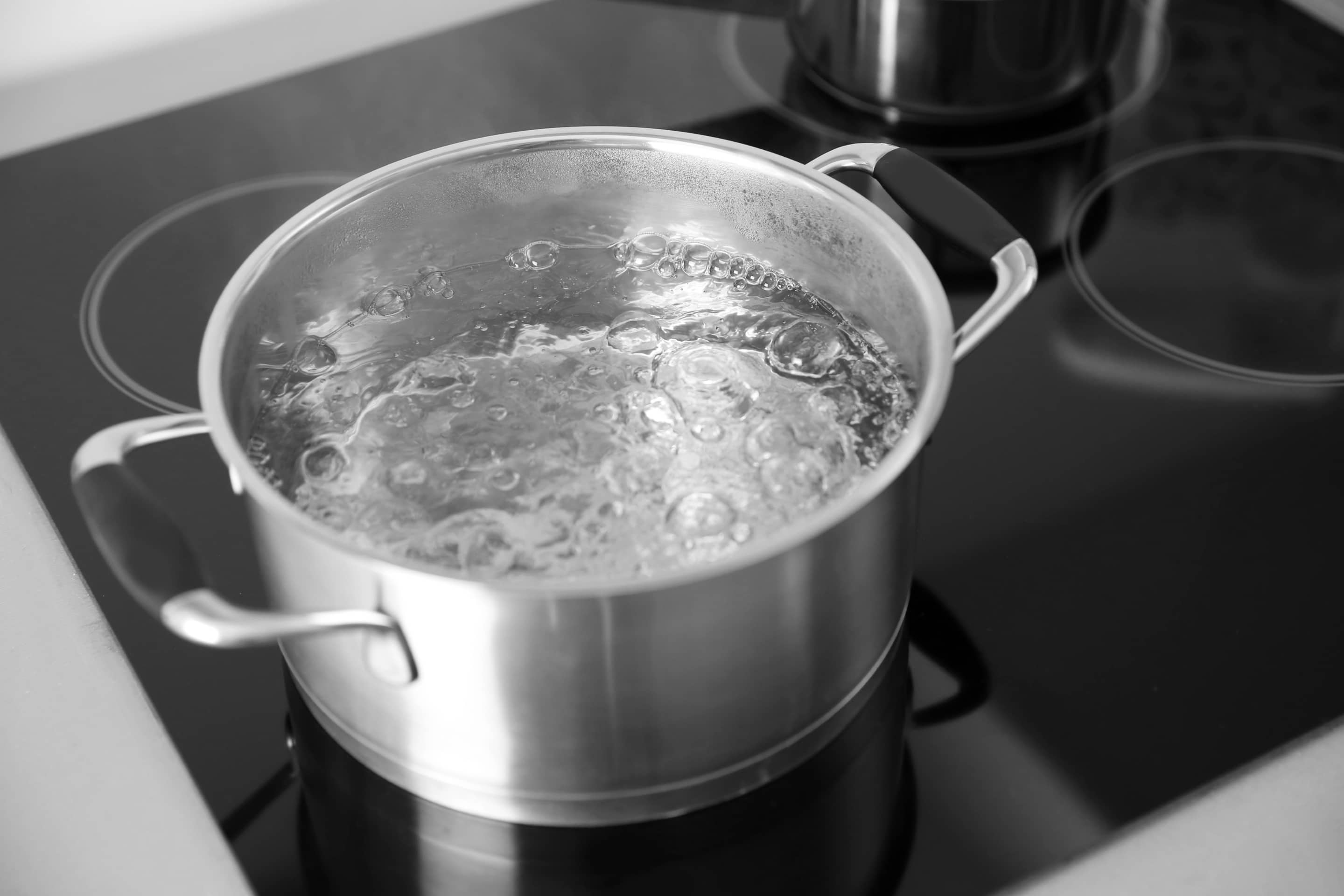
Make sure you allow your sink to fully drain so that you are working with a clear drain. If your drain is pretty backed up, this may take some time.
In the meantime, fill a pot or tea kettle with water and heat it on your stovetop. Bring the water to a rolling boil. When the sink is fully drained, carefully and slowly pour the boiling water into the drain. (You may want to wear oven mitts for extra protection.)
If this trick works for your drain, it should start working right away. Ideally, the clog will clear quickly and you can add the rest of the water without it pooling in the sink. If the sink isn’t draining, you can repeat the process once or twice. If the sink is still not unclogging, try a different method.
2) Make a Vinegar and Baking Soda Concoction
Baking soda and vinegar have been the all-star combo for at-home cleaning solutions for decades. This combination can be used to clean ovens, freshen towels, and yes, unclog sinks.
Materials Needed:
- Baking soda
- White vinegar
- Funnel
- Sink stopper or towel
- Boiling water
Allow your sink to fully drain, even if it takes a long time. Then, pour 1/4 cup of baking soda into the drain. If you have one on hand, use a funnel to make sure all of the baking soda goes directly down the drain.
Next, pour 1 1/4 of white vinegar down the drain using the same funnel. Then use a sink stopper or old towel to plug the drain. Let the baking soda and vinegar work in the drain for 20 minutes before uncovering.
Finally, slowly pour boiling water down the drain. Repeat once or twice if necessary before determining if you need to try a different method.
3) Grab Your Plunger
It’s likely that you already have a plunger laying around your house. If not, you’ll need a small plunger for this unclogging method, which can be purchased for a few dollars at a home improvement or hardware store.
Materials Needed:
- Small plunger
First, remove the sink stopper from the drain. Most stoppers come out easily if you pull up and turn them to the left. Be sure to put the stopper somewhere where you won’t lose it!
Next, add a little bit of water to the sink. You’ll want to cover the drain by about an inch— avoid filling up the entire sink. Place the plunger centered over the drain and apply some force to create a seal. Then, pump the plunger for about 15 seconds. (When you pump up and down, the seal between the plunger and sink should remain intact.)
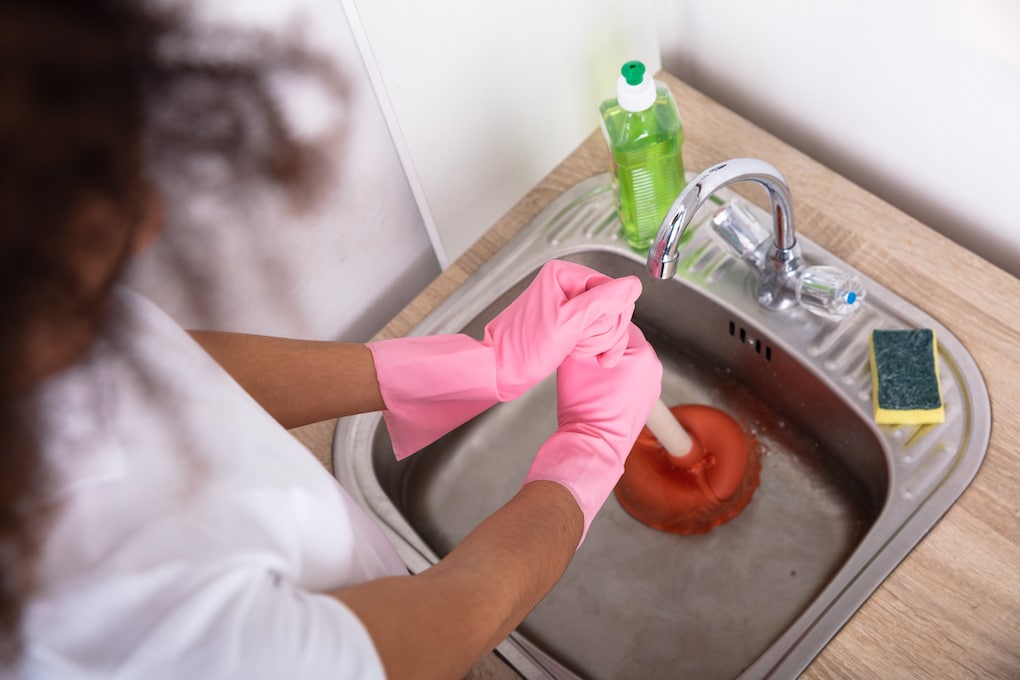
After about 15 seconds, remove the plunger and see if the water in the basin drains quickly. You can also use a flashlight to look for any visible clogs in the drain. Run the water to see if the plunger worked.
- Pro Tip: Using a plunger on a drain is safe as long as you remain careful and gentle, but you should never use this method on garbage disposals. Excessive force can cause leaks and other issues in the drain line, so don’t use a heavy hand with this method. If the clog doesn’t clear after your first one or two tries, move on to a different technique or call a professional plumber.
4) Rent a Drain Snake
Try the first three methods before this one. If you haven’t found success with the first three home remedies, then it’s time to get the more powerful tools out.
Tools and Materials Needed:
- Bucket
- Screwdriver or wrench
- Wire hanger
- Plumber’s snake (Drain snake)
Most homeowners probably don’t have a drain snake on hand, (but if you do, we’re impressed!), but you can actually rent one at most home improvement stores like The Home Depot, Lowes, etc.
This unclogging method is more involved than the others. You’ll start out by locating the P trap underneath your sink. The P trap is a two-piece pipe with a curve on the bottom.
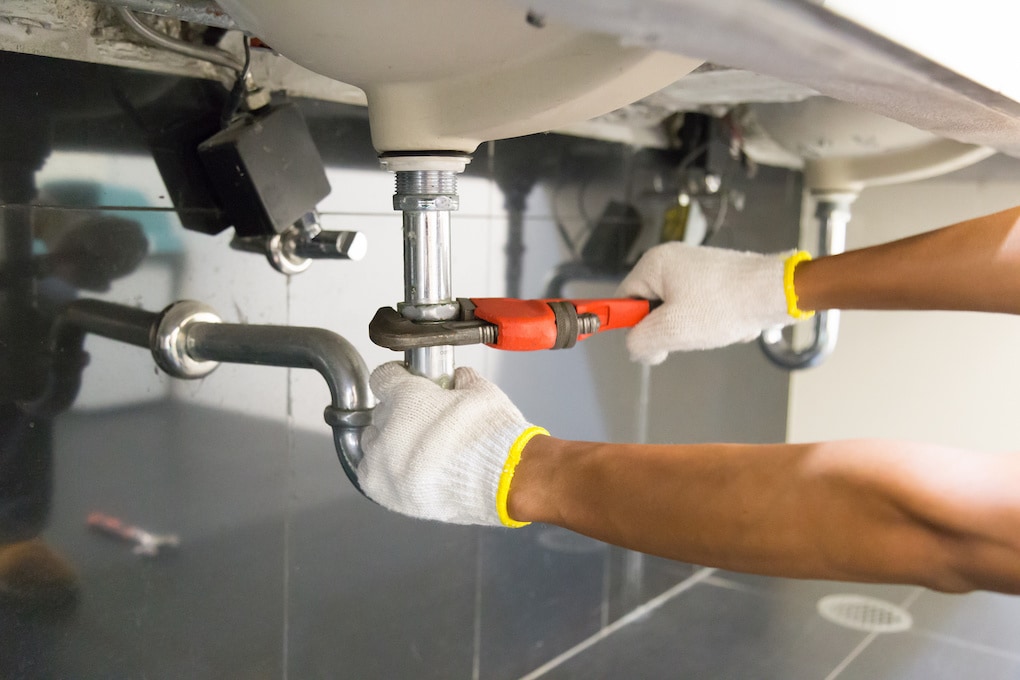
Put a bucket underneath the P trap before removing it. Some sinks will require a screwdriver to remove the screws or a wrench to remove the slip nuts. Remove the P trap slowly because there may be some water that spills.
Inspect the disconnected P trap to see if you can notice any clogs inside. If you can see the clog, use a wire hanger to pull it out of the trap. If you don’t see a clog, that’s when you’ll need to grab the drain snake.
Be sure to follow the directions that come with the drain snake. Insert the snake into the pipe and continue to thread it in until it feels like you’ve hit something. The thing you’ve hit is most likely the clog.
Secure the plumbing snake, then begin to twist the snake in order to grab the clog. You’ll know when the clog is cleared when you no longer feel any resistance.
Reattach the P trap back to its spot and test the drain. Run some water, and if the sink drains normally you’ve found success! If you’re still staring back at a backed-up sink, then it’s time to call a trusted plumber.
https://youtu.be/JRjoCAPNNUo
Do’s and Don’ts for Clogged Sinks
Overall, unclogging a sink at home can be accomplished with these simple methods. However, there are things to keep in mind before haphazardly working on your sink. The last thing you want is to end up with more damage than you started with.
🙅 Don’ts
- DON’T use chemical drain cleaners. These can cause damage to your pipes and the environment. Plus, they rarely work.
- DON’T continue to add water to try and flush a clog.
- DON’T forget about the drain stopper or strainer. Sometimes debris can get caught in the drain stopper, so start by removing it and cleaning it off to see if that helps.
- DON’T put off clogged sinks too long because the clog will just get worse.
👍 Do’s
- DO call a skilled local plumber if you don’t feel confident in DIY fixes or if you’ve tried a few methods that haven’t worked. You’re likely dealing with a more serious issue that should be handled by a professional.
- DO clean out your sink and pick up long hairs before debris gets flushed down. This will help keep clogs at bay.
- DO familiarize yourself with your particular sink model and where the pipes run.
- DO feel free to use boiling water and/or baking soda and vinegar on a regular basis even if there isn’t a clog. This will help keep your sink from backing up.
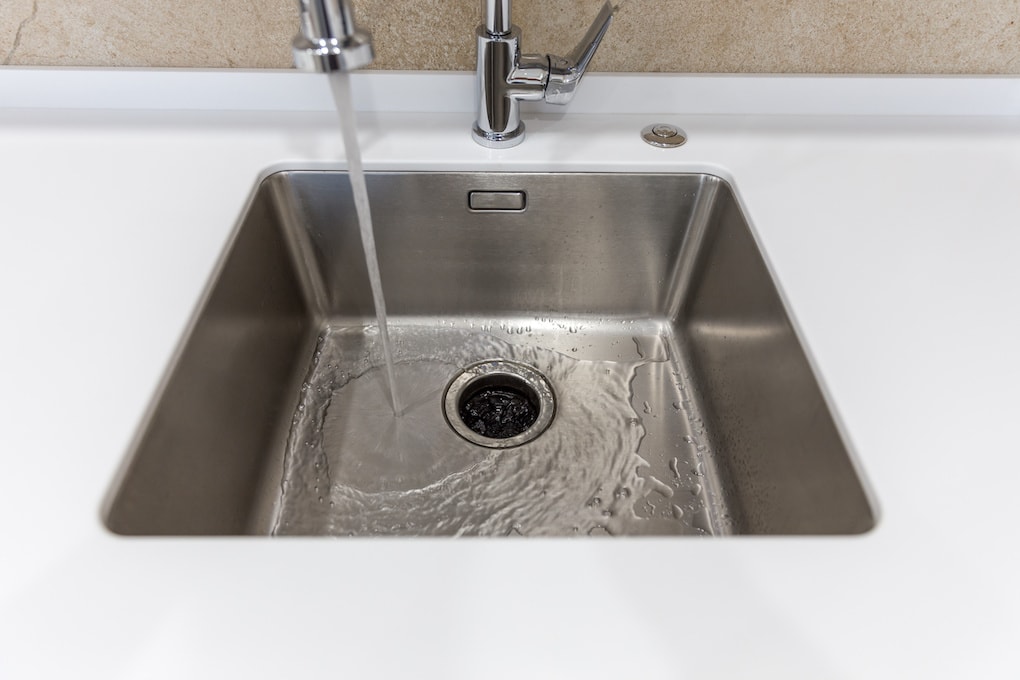
When All Else Fails, Call AJ Alberts Plumbing
Most people find learning how to unclog a sink is fairly easy and is resolved with one of the four methods we outlined here. However, sometimes there’s a tougher issue at hand that can only be solved with the help of a professional plumber.
When hiring a pro, you want to work with an honest, friendly, and knowledgeable plumber, and AJ Alberts is just that. When you’ve got a clogged sink or any other plumbing issue, contact our team right away, and we’ll be there in no time to help you out!

